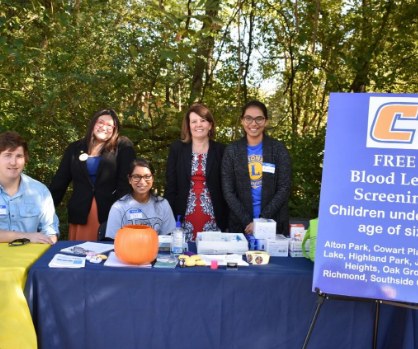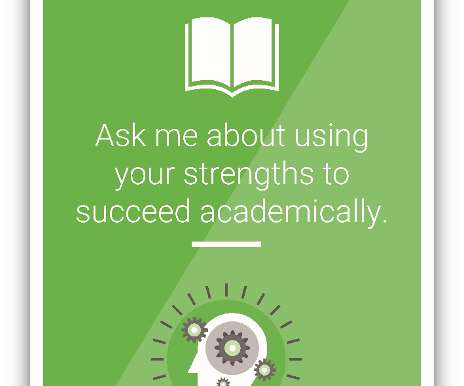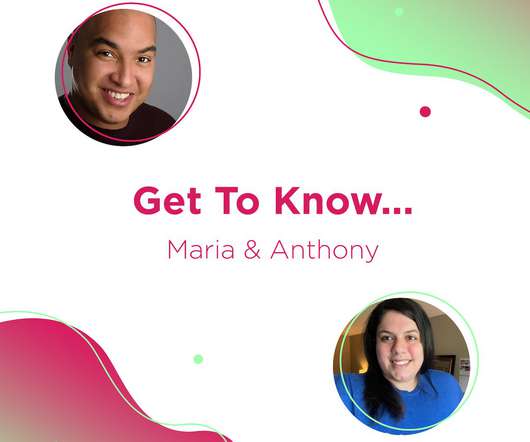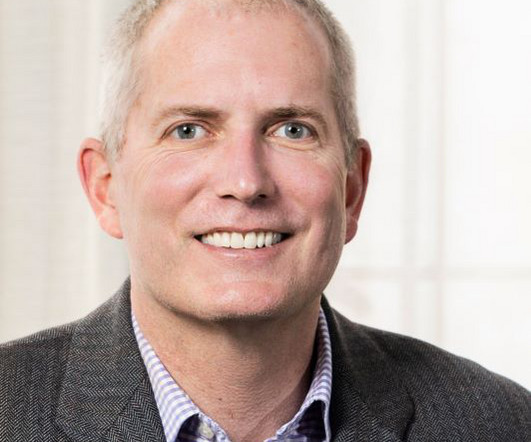Benefits of Integrating Service-Learning With Other High-Impact Practices
The Scholarly Teacher
FEBRUARY 22, 2023
Located in primarily low-income areas and minority communities, this site has been the focus of many student projects to address health equity and environmental justice. Students revised the EPA letter that is mailed to residents explaining the potential soil contamination and the option to test their soil. 2017, October 20).













Let's personalize your content